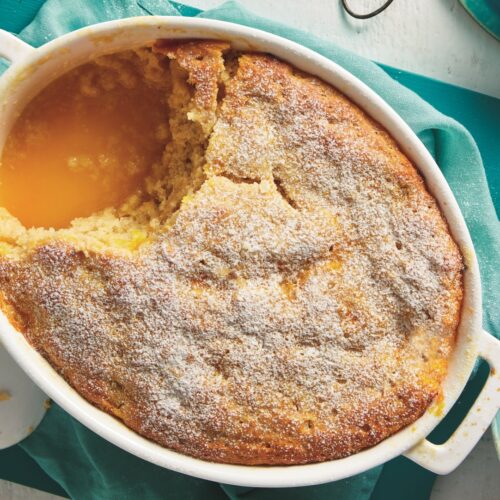
Nutritious snacks play an important role in filling nutrient gaps in an active child’s diet, helping to improve concentration levels and providing energy.
Children need to eat regularly throughout the day. A child’s tummy is much smaller than an adult’s, and as childhood is a period of rapid growth, ensuring nutritional needs are met throughout the day is essential for their well-being.
Although I try and ensure my kids eat healthy snacks most of the time, we often socialise with other families and visit playgroups where morning tea is provided, so I’m not always in control of what they are snacking on. But I try and stick to an 80:20 rule. If I know they are eating nutritious snacks at least 80 per cent of the time, I’m happy. We need to make room for that 20 per cent – for that ice-block on a hot summer afternoon, or for that fluffy at the café with their grandmother!
Here are some tips and strategies for getting your kids to snack right at least 80 per cent of the time.
Be prepared – always take snacks with you wherever you go to avoid the temptation of grabbing something from the shop, even if it’s just a couple of apples thrown into your handbag. Some other on-the-go options are:
- fruit – stick with seasonal fruit to keep costs down, this also forces you to add variety
- vegetables – cut up cucumber, capsicum and carrots, and cherry tomatoes
- small pieces of cold, cooked kumara, pumpkin or potato
- crackers – look for low-salt varieties such as corn thins, rice cakes or cream crackers (look for crackers <350mg/100g)
- sliced cheese and ham
- sandwiches lightly spread with hummus or cream cheese
- unsalted nuts, seeds and small quantities of dried fruit
- plain biscuits
- unsalted popcorn
Ensure snacks are just that – served in snack-sized portions and not another full meal in itself.
Provide a variety of snacks at home to ensure optimal nutrient intake and maintain interest. Some more ideas:
- yoghurt
- a glass of milk
- frozen fruit such as berries, banana, grapes, pineapple slices or mandarin segments
- toasted bread or an English muffin lightly spread with cream cheese, hummus or yeast-based spread
- fruit bread
- homemade fruit smoothies – keep portion to a small glass
- homemade scones or pikelets
- hummus with vegetable sticks or crackers
It’s not always easy, especially as kids start to get cranky when they’re hungry, but try your best not to offer snacks too close to a main meal – if possible, leave at least one to two hours between.
Laura
www.healthyfood.com










